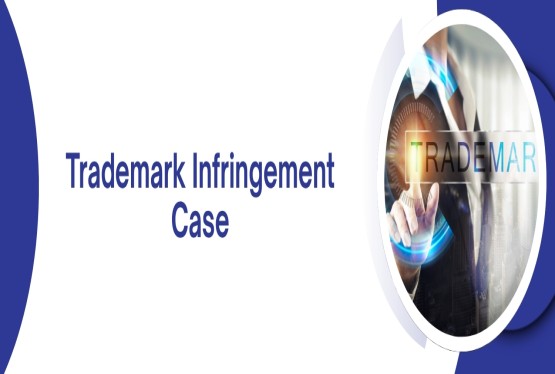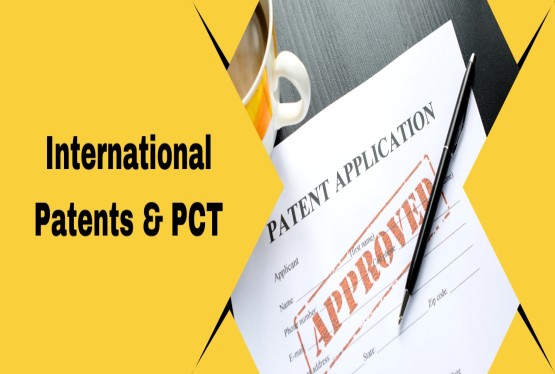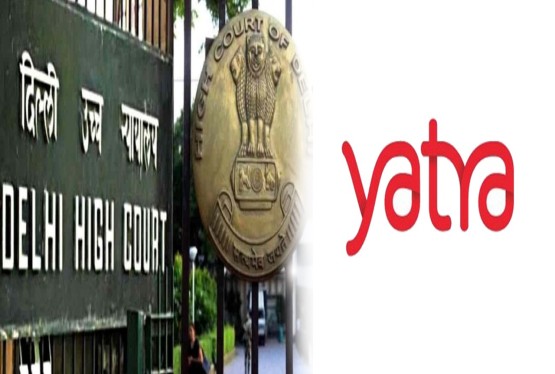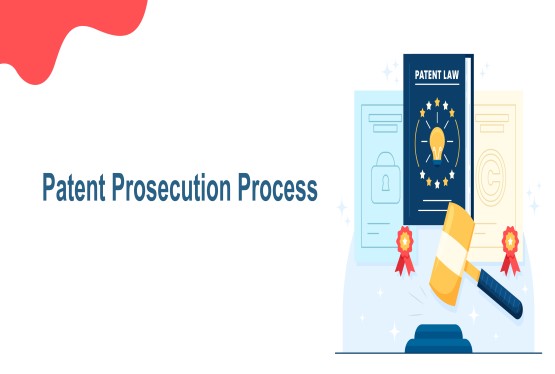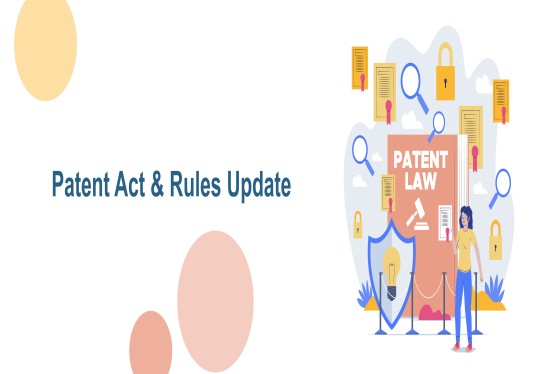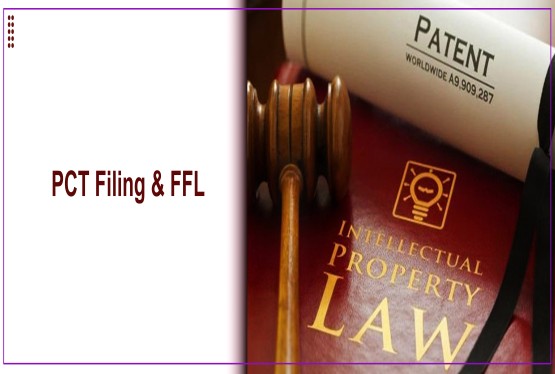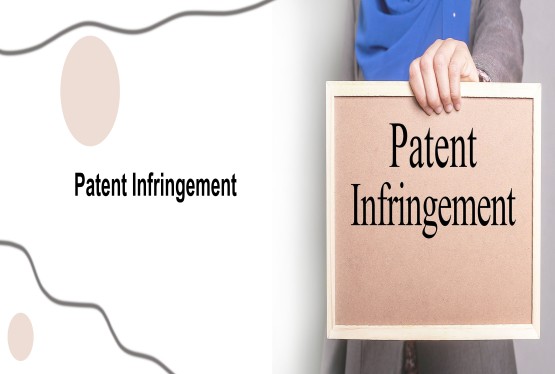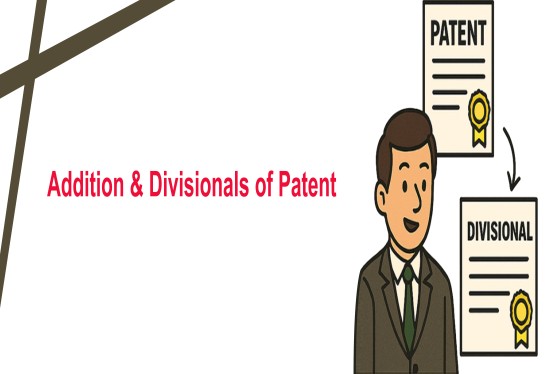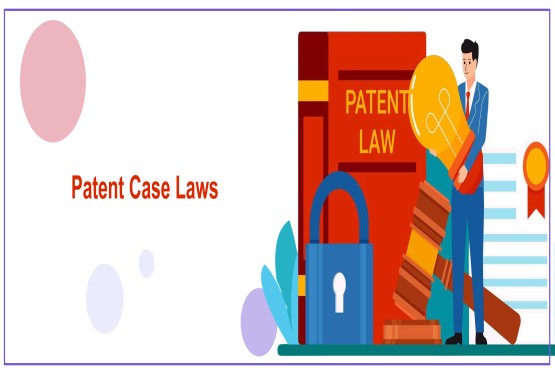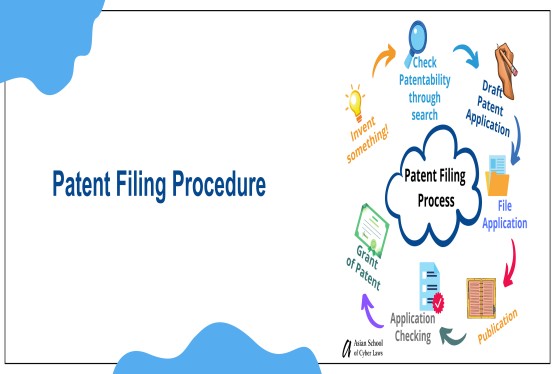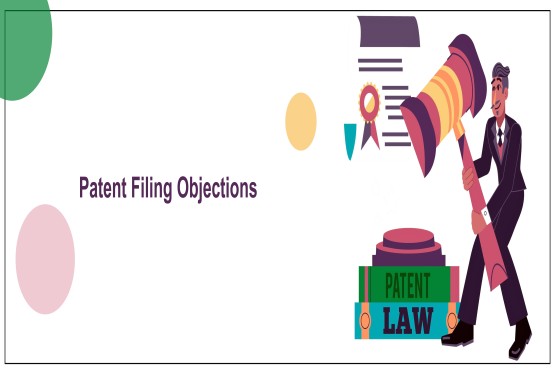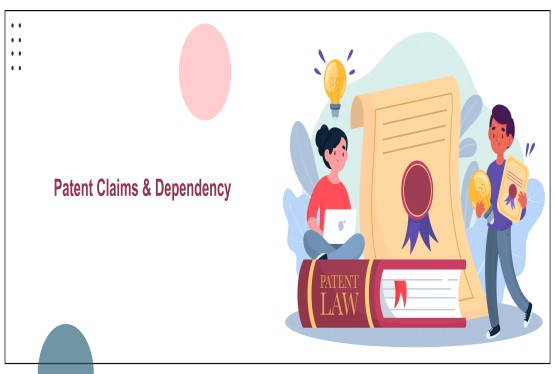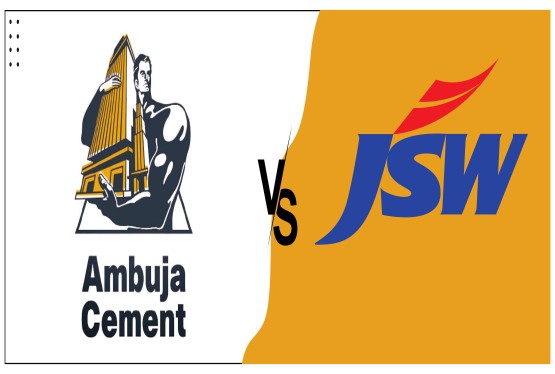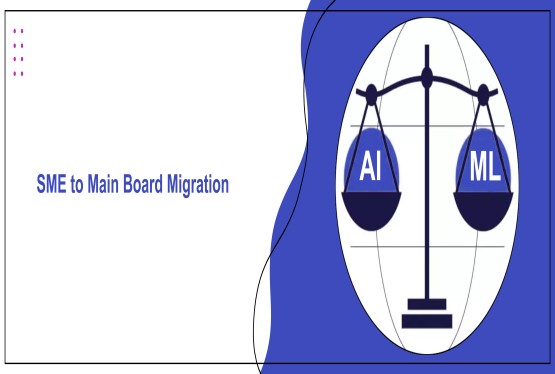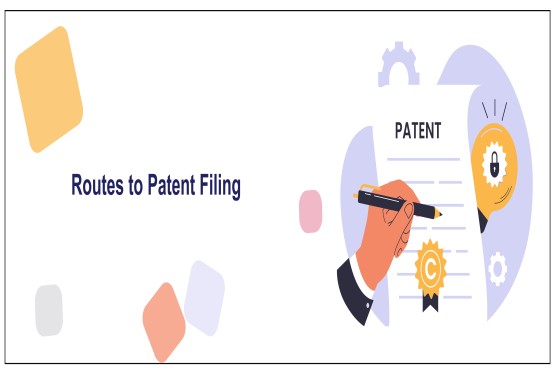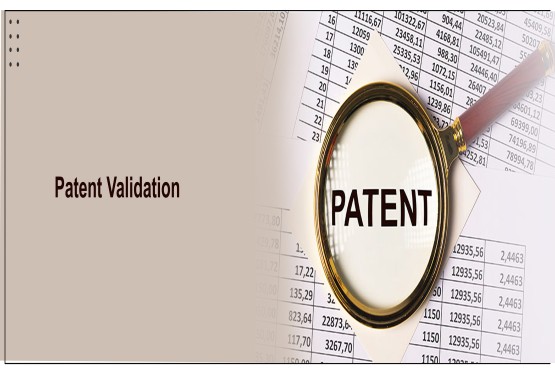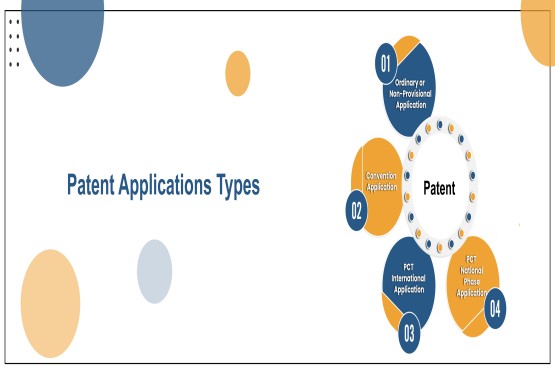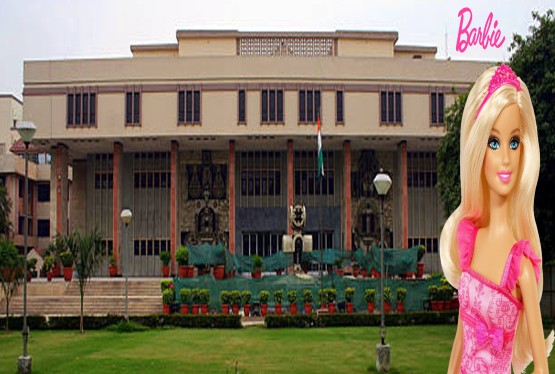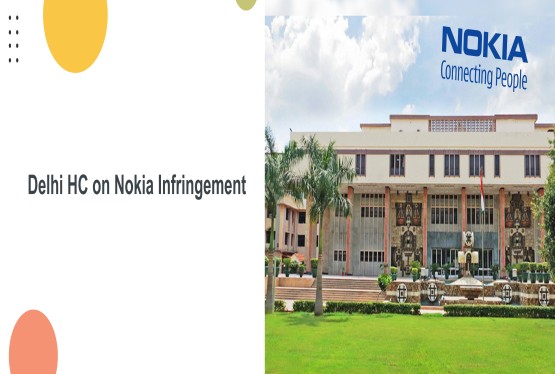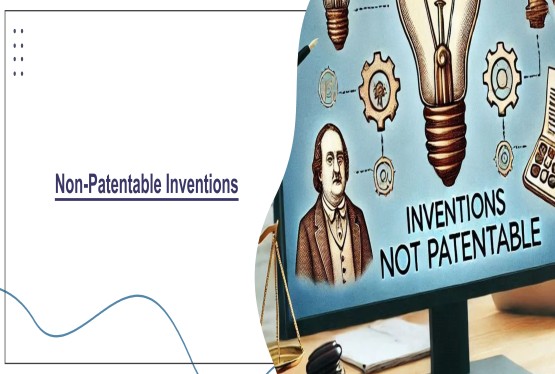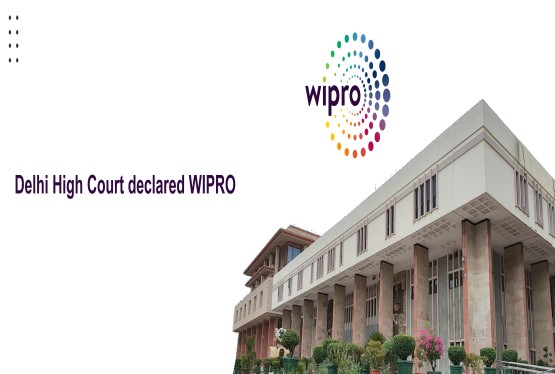India’s intellectual property (IP) ecosystem has entered a decisive, reform-heavy phase led by the Ministry of Commerce & Industry principally through DPIIT and the Office of the Controller General of Patents, Designs & Trade Marks (CGPDTM). Since 2024, the government has coupled procedural overhauls (notably the Patents (Amendment) Rules, 2024) with capacity expansion and digital pipelines to shorten timelines, improve transparency, and align Indian practice with emerging global standards. Momentum is visible in the numbers and in policy direction. Official communications highlight a strong, five-year rise in total IP filings paired with sanctioned staff increases across patents, trademark, GI, and copyright signalling sustained investment in speed and quality of examination On the policy front, India has opened timely consultations on complex and fast-moving areas: revised Computer-Related Inventions (CRI) examination guidance, and fresh trademark guideline workstreams to improve prosecution and opposition practice. Equally important, the Ministry convened an expert panel in 2025 to examine whether the Copyright Act, 1957 adequately addresses AI-era questions authorship, training data, and platform liability amid active litigation by Indian news and music companies. This keeps India’s framework responsive to generative-AI challenges without losing sight of creator and industry incentives. Judicially, Indian courts continue to sharpen trademark enforcement, with notable 2025 rulings (e.g., restoration of injunctions against “Bharat Gate” for being deceptively similar to “India Gate”) underscoring consumer-confusion safeguards and brand equity protection.
Learn more about CGPDTM official website move to a New Domain.
Here is a structured overview of the Ministry of Commerce and Industry (MoCI) in India (with its link to intellectual property) and recent developments in the intellectual property (IP/IPR) landscape in India:
Ministry of Commerce & Industry: Role w.r.t Intellectual Property
Mandate and structure
-
The Ministry of Commerce & Industry is a central government ministry responsible for formulating and implementing India’s foreign trade policy, domestic trade, industrial policy, and regulation of certain sectors.
-
Within its broad domain, one of its key responsibilities is oversight of intellectual property rights (IPR) policy, through its arms and related agencies (for example, the Office of the Controller General of Patents, Designs & Trade Marks (CGPDTM), and the National IPR Policy).
-
The ministry is also involved in negotiating IP provisions in trade agreements, enforcing IP international obligations (e.g. under WTO TRIPS), and enhancing India’s IP ecosystem (e.g. via capacity building, digitization, awareness programs).
Recent developments in Intellectual Property in India (2023–2025)
Below are notable updates, reforms, judicial trends, and challenges in India’s IP landscape in recent times.
Surge in IP filings & digital push
-
According to a press release by MoCI (July 2025), India has seen a ~44 % increase in total IP filings in 5 years: from ~4.77 lakh in 2020–21 to nearly 6.9 lakh in 2024–25.
-
Geographical Indications (GIs) showed particularly high growth (~380 %), with GI applications rising from 57 (2020–21) to 274 (2024–25).
-
Other categories also saw robust growth: patents increased ~180 %, designs ~266 %, copyright registrations ~83 %, trademarks ~28 %, semiconductor layout designs ~20 %.
-
To support this, the sanctioned strength of the Patent Office has increased by ~233 % since 2014; working manpower has increased ~196 %. In 2025, an additional 200 posts were approved in trademarks, copyright, and GI departments (~74 % increase in capacity)
These signals show the government is investing in infrastructure, digitization, and human resources to make the IP system more robust.
Amendments & rule changes
-
In 2024, amendments to the Indian Patent Rules were introduced to enhance efficiency in patent filing and examination.
-
Closer alignment of “technical effect”/“technical contribution” tests have been seen in drafting guidelines and IP updates.
-
The IP regime is also preparing to respond to emerging challenges such as AI-generated content/inventions (see below).
AI, copyright and policy review
-
In 2025, India’s commerce ministry set up an expert panel to review the Copyright Act, 1957 to see whether it adequately handles AI-generated content and the legal issues posed by large language models (LLMs) and generative AI.
-
This follows legal challenges in Indian courts where publishers and media houses have alleged that AI platforms (e.g. OpenAI) may have used copyrighted content without permission to train models.
-
Globally, questions like “Who is the author/inventor when an AI contributes?” are being debated, and India is trying to respond proactively via policy review.
Judicial trends and enforcement
-
Indian courts have become more aggressive in awarding damages, granting permanent injunctions, and penalizing infringers. For instance, in the pharmaceutical/medical devices domain, courts have granted high-value damages (e.g. Rs.3.34 crores) to curb counterfeiting.
-
In trademark law, courts are applying the “safe distance rule” more strictly and paying attention to “deceptive similarity” especially in sensitive sectors like pharma.
-
The Delhi High Court in one landmark case imposed a Rs.340 crore penalty on Amazon for trademark infringement (use of a deceptively similar logo).
-
Also, in a rice trademark dispute, the Delhi High Court reinstated an injunction against “Bharat Gate” as being deceptively similar to “India Gate.”
-
The High Courts and Supreme Court are also setting up IPR divisions/benches to handle specialized cases more efficiently.
Trade agreements & IP in international negotiations
-
In the ongoing India–EU FTA negotiations, the IP chapter is one of the chapters already finalized.
-
The government uses trade agreements as a tool to strengthen cross-border IP enforcement, mutual recognition, and dispute settlement inclusion of IP norms.
-
India has also been emphasizing self-reliance (“Atmanirbharta”) in trade and countering the weaponization of trade (i.e., trade restrictions used as political or economic levers).
Institutional & regional suggestions
-
A recent proposal from Nitin Gadkari suggests the establishment of an independent IP office in Nagpur (to ease the burden on the Mumbai IP office for states in central India).
-
Enhancing regional presence of IP offices is seen as a way to reduce backlog, ease access for innovators/MSMEs in interior regions.
Innovation & protective tech
-
IIT Indore developed a DNA watermarking technique to embed unique “fingerprints” into hardware IP designs (for protection against piracy).
-
At the grassroots, universities and research institutions are increasingly patenting technology (e.g. Lucknow University’s gas sensor patent)
Ongoing challenges & future directions
-
Backlog and delay: Despite efforts, examination backlogs remain a challenge, particularly in patent and trademark offices.
-
Balance between access & exclusivity: For areas such as healthcare, public interest, compulsory licensing remains a delicate issue.
-
Scope of protection in digital/AI era: Determining authorship, ownership, and scope of rights in AI-generated works is legally uncertain.
-
Enforcement across digital platforms: Policing infringement in online marketplaces, streaming, piracy, and cross-border enforcement is complex.
-
Harmonization with global systems: India must balance TRIPS obligations, international best practices, and domestic development needs.
Final Word
India’s IPR landscape in 2025 reflects three converging arcs: (1) rulebook modernization (Patents Rules 2024; active consultations on CRI and TM guidelines), (2) institutional capacity (staffing and digital upgrades backed by DPIIT/CGPDTM), and (3) AI-age recalibration (copyright review and courtroom scrutiny of AI training practices). Together, these moves position India to deliver faster grants, clearer guidance, and stronger enforcement while staying agile on frontier issues. For businesses, creators, and counsel, the near-term imperatives are clear: (i) leverage streamlined patent and trademark procedures now in force; (ii) watch for finalized CRI and TM guideline updates and adjust drafting/prosecution strategy; accordingly, and (iii) anticipate AI-related copyright compliance as the review panel’s recommendations take shape. With filings rising and jurisprudence firming up, 2025 is an opportune window to consolidate portfolios, refresh IP governance, and align contracts, licenses, and AI workflows with the evolving Indian regime.
FAQs
Q1. What are the recent changes in India’s intellectual property filing process?
Ans. India has seen a significant surge in IP filings due to reforms aimed at enhancing efficiency and capacity. The Patent Rules 2024 introduced amendments to streamline the filing and examination process. Additionally, staffing in the Patent Office and Trademarks Office has increased by approximately 200%, and digital systems have been upgraded to speed up examination timelines. This is part of India’s ongoing effort to align with global standards and address emerging technologies, such as AI and blockchain. As a result, businesses and inventors can expect quicker, more transparent IP processes.
Q2. How is India addressing AI-generated intellectual property?
Ans. In 2025, India’s Ministry of Commerce and Industry formed a panel to review the Copyright Act, 1957 in light of emerging challenges posed by AI technologies. The review focuses on whether current laws adequately address issues like AI-generated content, ownership, and copyright infringement. India is also considering potential changes to ensure that IP rights keep pace with developments in AI, machine learning, and digital content creation, providing clarity for creators, innovators, and businesses engaged in AI-driven technologies.
Q3. What judicial trends are shaping intellectual property enforcement in India?
Ans. Indian courts have been strengthening IP enforcement, particularly in trademark disputes. In 2025, the Delhi High Court made significant rulings, including the restoration of an injunction in the case of “Bharat Gate” vs. “India Gate” for consumer confusion. Courts have also been increasingly applying stricter standards on trademark similarity, ensuring that companies with distinct brands are protected from infringement. This signals a growing trend toward robust protection of brand equity and consumer rights, making it essential for businesses to vigilantly defend their trademarks.






























_(b)_of_the_Trademark_Act,_1999_(1)_crop10_thumb.jpg)



_crop10_thumb.jpg)




























_crop10_thumb.jpg)
_crop10_thumb.jpg)






_crop10_thumb.jpg)








_crop10_thumb.jpg)



_crop10_thumb.jpg)





























_crop10_thumb.jpg)

















_crop10_thumb.jpg)






_crop10_thumb.jpg)












































































































































_crop10_thumb.jpg)




































_crop10_thumb.jpg)












_crop10_thumb.jpg)













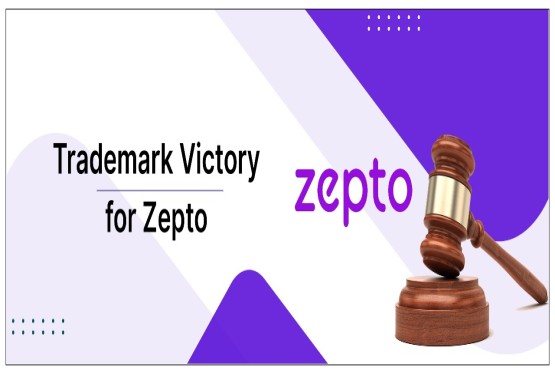

































_crop10_thumb.jpg)






